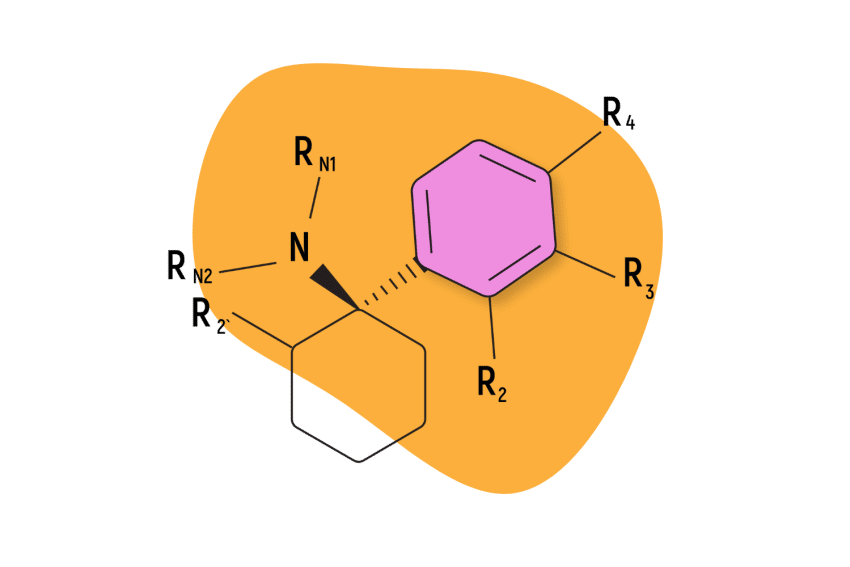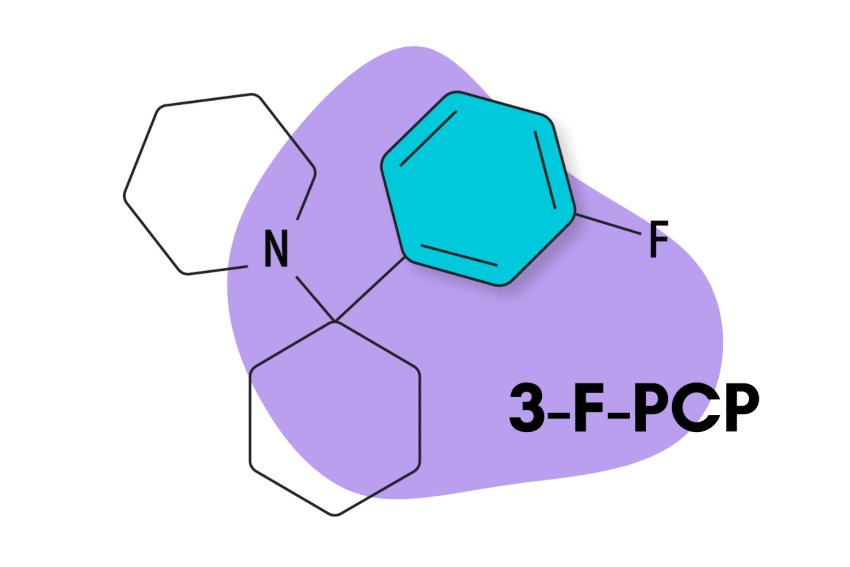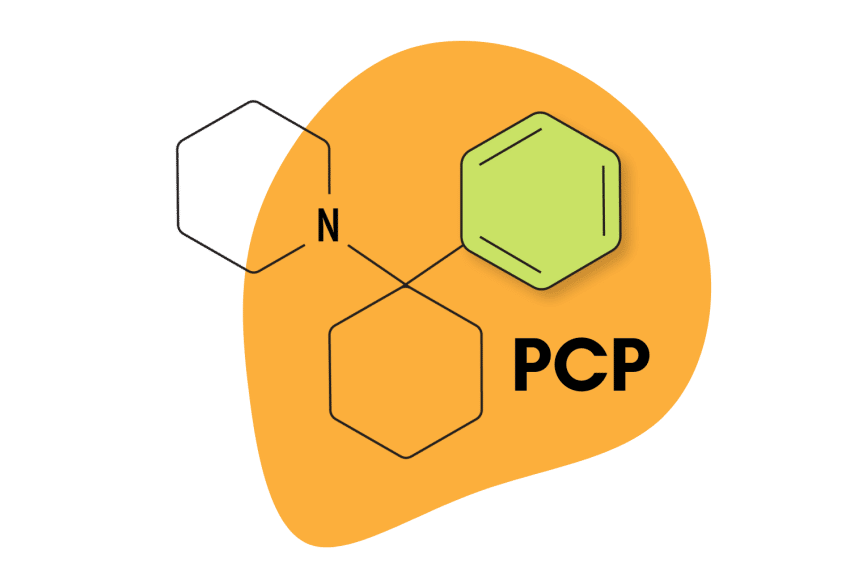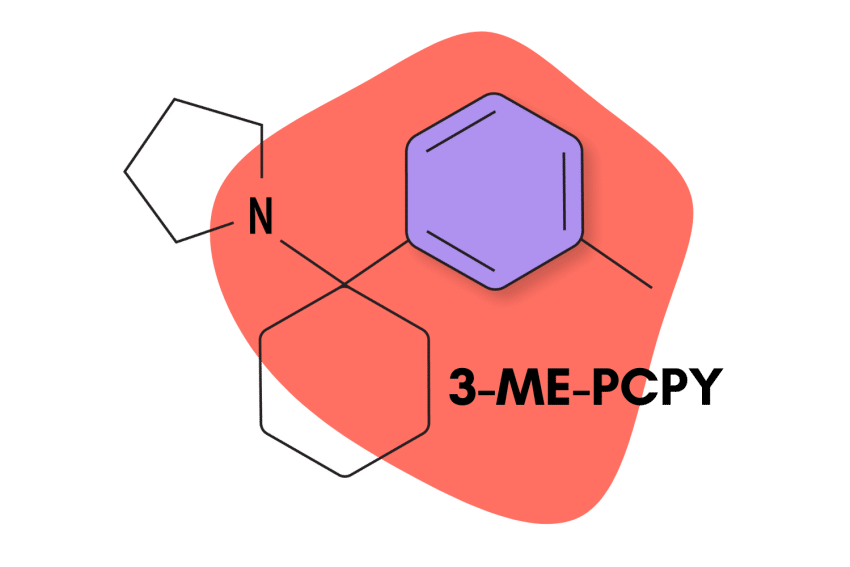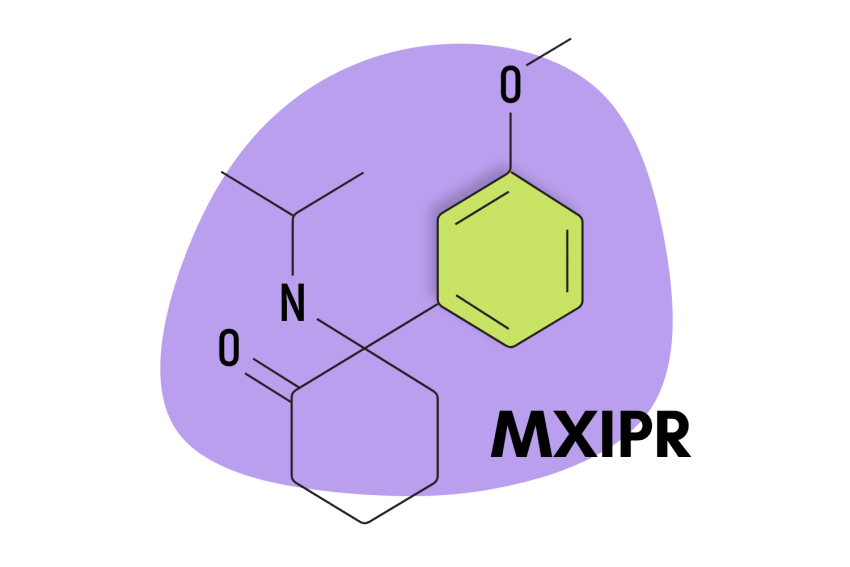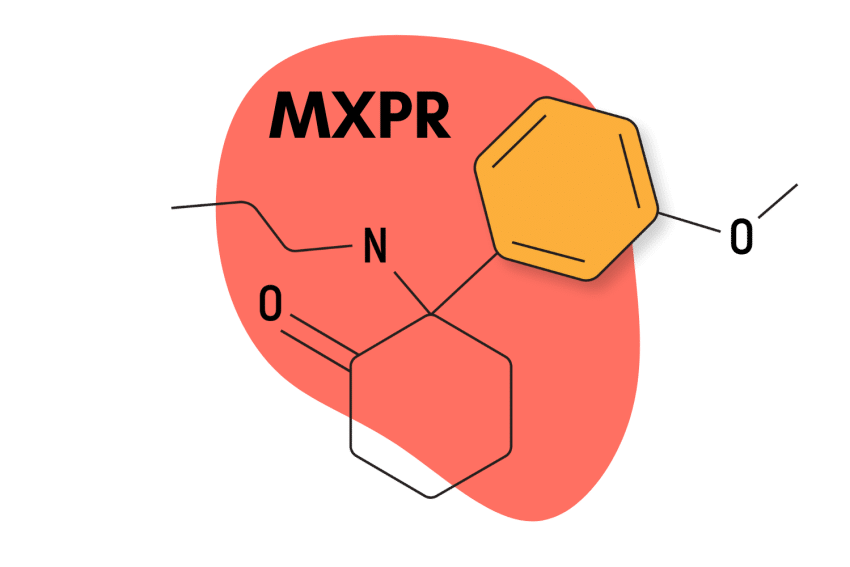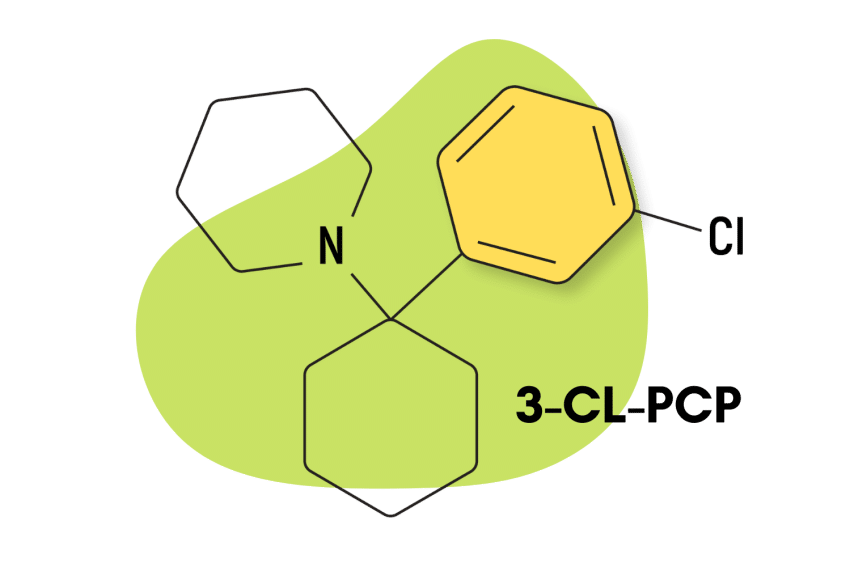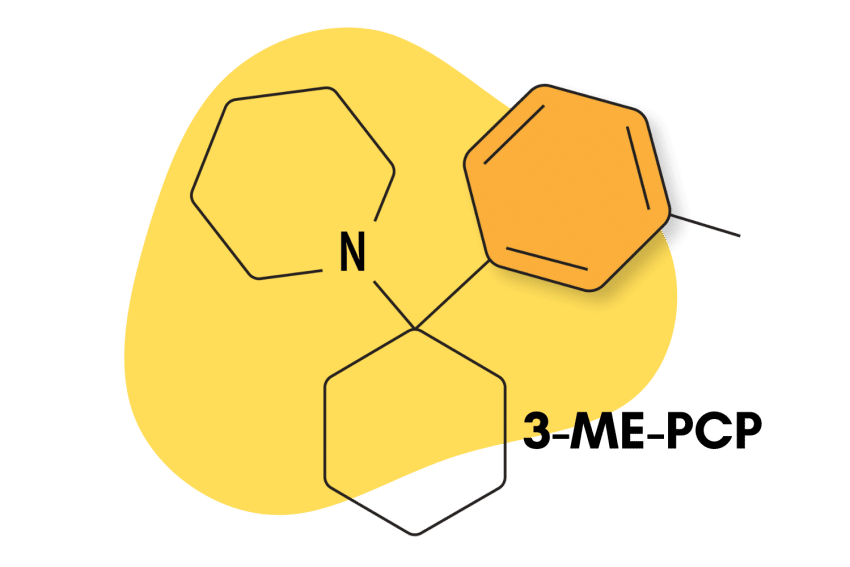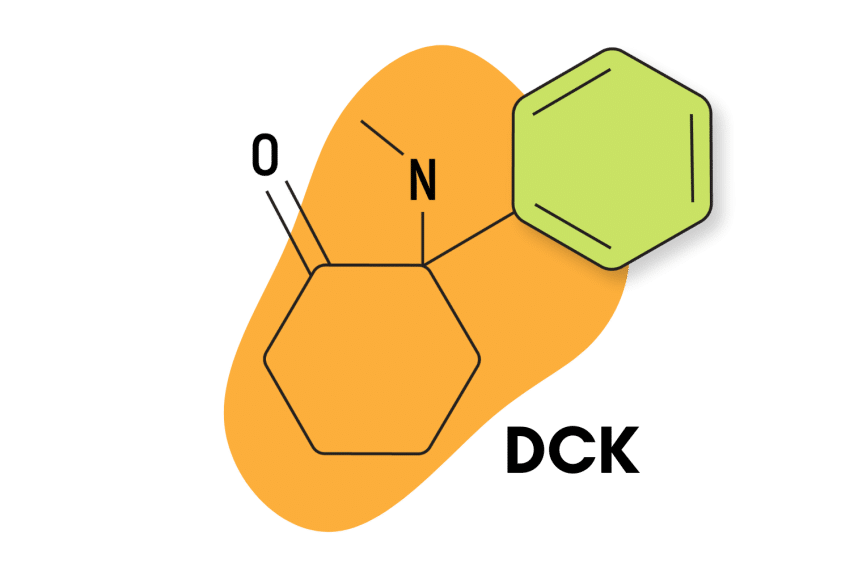Here’s Everything You Should Know About 4-MMC (Mephedrone)
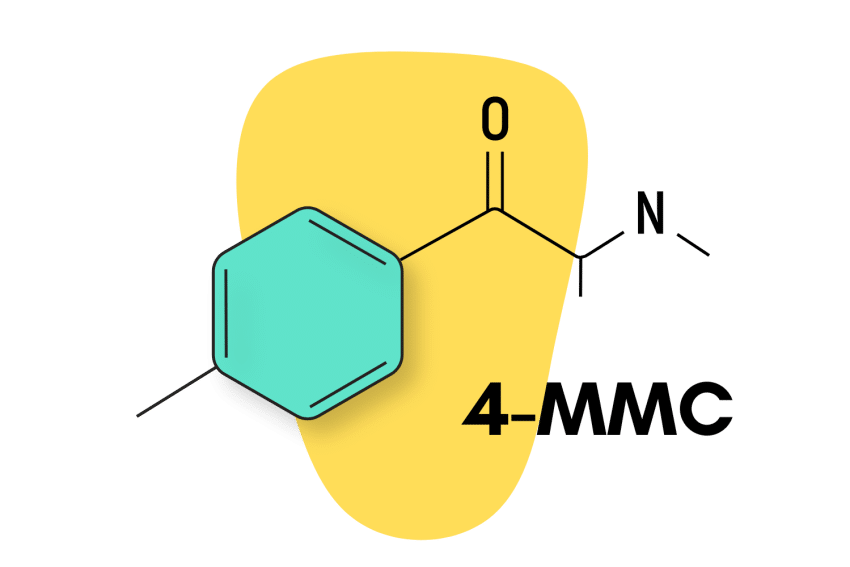
4-MMC — also known as Mephedrone, M-CAT, Drone, Meow Meow, White Magic, etc. — is a substituted amphetamine belonging to the synthetic cathinone subclass.
The cathinones are a group of compounds that are based on the chemical structure of cathinone — a naturally-occurring alkaloid from the khat plant (Catha edulis).
Mephedrone is an incredibly potent substance with similar effects to MDMA, although with markedly less empathogenic properties. Like other synthetic cathinones, it also has a strong stimulant aspect.
As a designer drug, 4-MMC appears to be most popular in Europe, especially in the UK. However, since 2010 it has been made strictly illegal in most first-world countries.
Cathinones like 4-MMC and MDPV are known to be highly addictive and relatively prone to causing serious health consequences. Anyone thinking about taking 4-MMC should approach the drug with extreme caution and respect.
4-MMC Specs
| Chemical Name | 4-Methylmethcathinone |
| Level of Risk | High |
| Other Names | Mephedrone, M-CAT, Drone, Meow Meow, White Magic |
| Most Common Side Effects | Anxiety, paranoia, agitation, Confusion. Increased heart rate and blood pressure, palpitations, chest pain, and difficulty breathing. |
| Duration of Effects | Three to six hours |
| Estimated Threshold Dose | 5 mg |
| Common Dose | 100 to 200 mg |
| Legality/Status | Illegal in most countries |
| PubChem ID: | 45266826 |
| CAS# | 1189805-46-6 |
Tripsitter Safe 4-MMC Guidelines
- 🐍 I understand why psychostimulants should be treated with respect
- ⚖️ I’m familiar with the laws for 4-MMC in my country & state
- 🍄 I’m familiar with and confident in the dose I’m taking
- 🧪 I’ve tested a sample of the substance I’m using with a drug-testing kit
- 💊 I’m not mixing any medications or other substances with 4-MMC
- 🏔 I’m in a safe & comfortable environment with people I trust
- 🐺 One of the members of my group is responsible and sober (AKA a trip sitter)
- ⏳ I have nothing important scheduled for after the trip
- 🧠 I’m in a sound & healthy state of mind
- ❤️ I don’t have any underlying health issues — don’t take 4-MMC if you have underlying heart, neurological, or psychiatric disorders
- 👭 Use the buddy system — 4-MMC can remove your inhibition and allow you to make unsafe decisions, always stay with people you trust, and never go out alone
- 🌵 I understand the risk of dehydration — it’s easy to become dehydrated while on 4-FA, so make sure you’re drinking a cup of water every hour while using 4-MMC
- 🦻 Protect your hearing — music can be intoxicating while on 4-MMC, so protect your hearing and bring ear protection before you go out to a club or concert
What Are The Effects of 4-MMC?
Mephedrone carries all the signature trademarks of its class — it’s incredibly potent and has a strong emphasis on its stimulant effects. This drug still maintains a considerable amount of the hallucinogenic and empathogenic qualities, not unlike MDMA.
Rat studies have identified the usual physiological effects associated with stimulants, such as increased motor activity and hyperthermia [1]. However, when it comes to the subjective effects, a person might feel while on 4-MMC, we’re forced to utilize designer drug forums.
These subjective descriptions are obviously lacking in scientific rigidity, but they’re usually quite adept at sketching out the effects associated with a drug, as well as pointing out the differences with other substances. Also, because of 4-MMC’s considerable popularity, the sample size is quite large, and thus, the results are more accurate.
The following effects have been associated with 4-MMC:
- Physical effects — Stimulation, Body high, Physical euphoria, Vibrating vision, Tactile enhancement,
- Cognitive effects — Cognitive euphoria, Thought acceleration, Increased music appreciation, Ego inflation, Disinhibition, Empathy and sociability enhancement, Time distortion, Motivation enhancement, Anxiety suppression, Compulsive redosing, Increased libido, Wakefulness
- After Effects — Anxiety, Cognitive fatigue, Depression, Irritability, Motivation suppression, Thought deceleration, Wakefulness
4-MMC’s particular style of stimulation is quite forceful. It often makes users want to run around, dance, and otherwise engage in physical activity. At high doses, it may even become difficult or impossible to keep still. This stimulation makes 4-MMC a popular choice at raves and festivals.
The empathogenic component of 4-MMC is definitely present, but users have described it as less permanent than that of MDMA or 2C-B. Increased libido, however, is a notoriously powerful effect with 4-MMC.
Analysis of the ratio of dopamine and serotonin indicated mephedrone was preferentially a serotonin releaser, with a ratio of 1.22:1 (serotonin vs. dopamine) [2]. Normally, serotonin release is pharmacologically associated with empathogenic and, depending on the specific receptors, psychedelic effects.
These results would suggest that 4-MMC is more similar to a drug like MDMA than to cocaine. However, user results always highlight the strong character of its stimulation.
What Are the Dosing Ranges for 4-MMC?
Online users tentatively suggest the dosing values for 4-FA are as follows:
| Threshold | 40 mg |
| Light | 50–100 mg |
| Common | 100–200 mg |
| Strong | 150–300 mg |
Is 4-MMC Addictive?
Like other drugs that stimulate the brain, mephedrone can be highly addictive if used frequently over a long period of time, and some users may become psychologically dependent on it. If a person becomes physically addicted, they may experience strong cravings for the drug and experience withdrawal symptoms if they suddenly stop using it.
As people use mephedrone more and more, their bodies can become accustomed to its effects, and they may need to take increasingly larger doses to feel the same level of stimulation. This tolerance can take several days to a couple of weeks to subside after ceasing consumption. Additionally, since mephedrone shares similarities with other drugs that stimulate the brain’s dopamine system, it can also reduce the effectiveness of other stimulants if used in conjunction with them.
Also, studies have shown how 4-MMC has an unusually short half-life. Indeed, dopamine and serotonin concentration reach their peak in about 40 and 20 minutes, respectively, then return back to baseline 120 minutes after consumption. If 4-MMC is insufflated (snorted), these values are even faster [1].
Compounds with short half-lives tend to exhibit a tendency for compulsive redosing, especially if they’re being consumed in a recreational fashion. Compulsive redosing is highly conducive to addictive behavior.
And when it comes to 4-MMC’s subclass, studies have concluded that synthetic cathinones are highly addictive compounds [3]. However, it’s important to put these findings into context.
The proof of physical dependence caused by psychostimulant drugs is not yet fully supported by pharmacological evidence. However, addiction to these drugs seems to stem from the activation of the brain’s reward pathway, which is a behavioral system. Despite the lack of pharmacological evidence, withdrawal symptoms have been observed, indicating the development of physical dependence.
Is 4-MMC Safe? Risks & Side-Effects
4-MMC is a Schedule I narcotic under US law, which means it has no recognized medical value and a high risk for abuse.
As a strong stimulant, 4-MMC carries a high level of risk for overdose and addiction. Overdoses can lead to dehydration, seizures, psychosis, hyperthermia, coma, and death.
Caution is advised when using any stimulant, regardless of dose or legal status.
Side effects linked to serotonin are also serious — with the main risk being serotonin syndrome. This is a condition involving excessive serotonin levels in the synapses, resulting in direct damage to the neurons. This condition can be fatal.
However, research on mephedrone’s neurotoxic effects is mixed. Some rat studies have found no damage to nerve endings in the striatum and no significant changes in brain monoamine levels, while others suggest a rapid reduction in 5-HT and DA transporter function as a result of heavy mephedrone use.
Common side effects of 4-MMC include:
- Dehydration
- Difficulty urinating
- Vasoconstriction
- Increased heart rate
- Increased perspiration
- Increased blood pressure
- Body odor alteration
- Teeth grinding
4-MMC: FAQs
We answer some of the most common questions we get asked about 4-MMC.
1. How Does 4-MMC Work?
Mephedrone and many other drugs of abuse are sympathomimetic drugs, meaning that they mimic neurotransmitters of the sympathetic central nervous system.
Besides their ability for reuptake inhibition, several of the synthetic cathinones, including mephedrone, seem to act as monoamine transporter substrates and therefore act more similarly to methamphetamine and MDMA than cocaine.
Various studies strongly suggest that while synthetic cathinones deviate in some aspects of mechanism and effects from amphetamines, they exhibit similar inhibition of monoamine reuptake, which is likely their main mode of action [2].
2. Has Anybody Died From Taking 4-MMC (Mephedrone)?
In 2010, some reports suggested that mephedrone may have contributed to the deaths of several young people in the UK, although these reports were not confirmed.
By July 2010, mephedrone was linked to 52 alleged fatalities in the UK, although it was detected in only 38 of these cases. Among the nine cases that coroners had concluded their investigations on, two were directly caused by mephedrone.
The first person to have reportedly died from using mephedrone was a 46-year-old individual who had pre-existing health issues and frequently injected the drug.
According to a report in Forensic Science International, mephedrone intoxication was identified as the cause of death in two cases in Scotland.
3. Is There Any Research Available for Mephedrone?
The current body of research on mephedrone is growing, but there still isn’t much actual research on this drug — and certainly no clinical research.
For example, the long-term effects of mephedrone use, the metabolic pathway of the drug, and how its desired effects could contribute to its addictive qualities are all significant areas in need of more research.
References
- Green, A. R., King, M. V., Shortall, S. E., & Fone, K. C. F. (2014). The preclinical pharmacology of mephedrone, not just MDMA by another name. British Journal of Pharmacology, 171(9), 2251-2268.
- Dybdal-Hargreaves, N. F., Holder, N. D., Ottoson, P. E., Sweeney, M. D., & Williams, T. (2013). Mephedrone: Public health risk, mechanisms of action, and behavioral effects. European Journal of Pharmacology, 714(1-3), 32-40.
- Baumann, M. H. (2014). Awash in a sea of ‘bath salts’: implications for biomedical research and public health. Addiction (Abingdon, England), 109(10), 1577.

